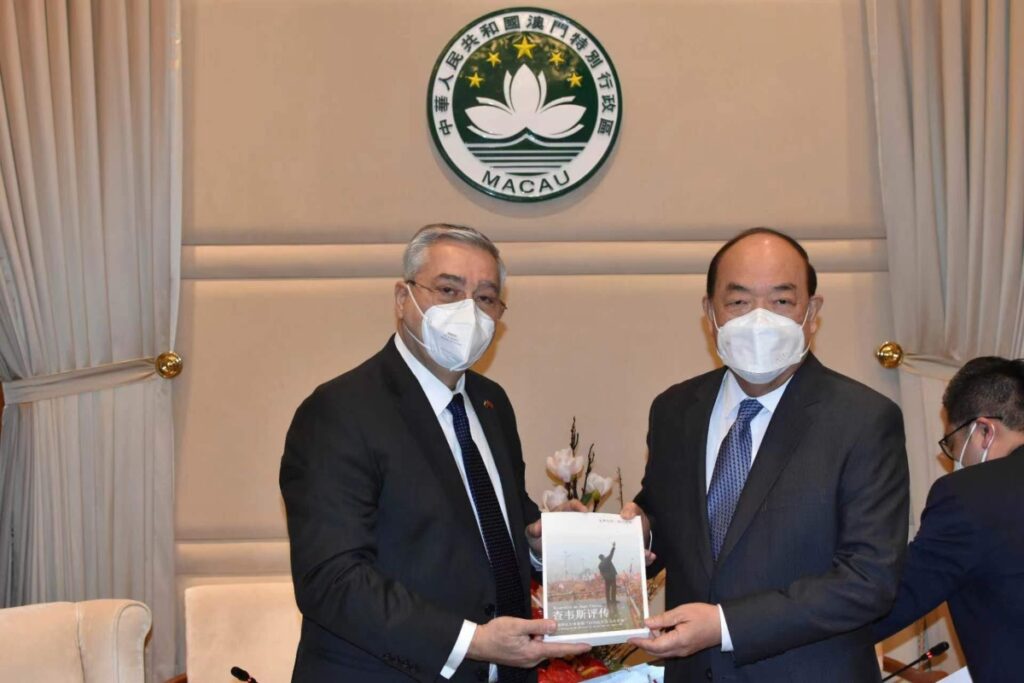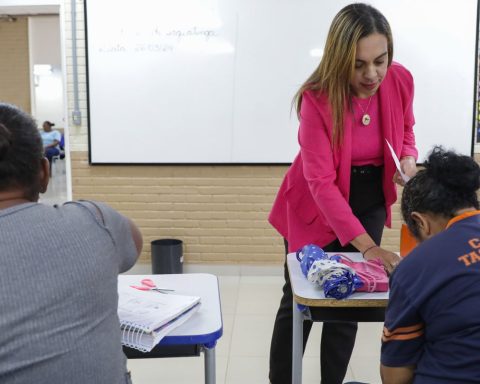The Ministry of Health of the province of Buenos Aires reported in the last hours that it is investigating a possible outbreak of chikungunyaafter detecting three presumed cases, for which reason the corresponding analyzes were carried out on the suspected citizens.
Patients who might have the illnessare all residents of Buenos Aires and do not record travel history to other regions of the country or abroad, according to the Health portfolio, which notified that the results of the studies are awaited to confirm if it is a question of chikungunya.
The ministry further explained that the chikungunya “It is a viral disease transmitted by the Aedes aegypti mosquito: the same vector of the dengue and zika viruses”, and that if the diagnosis is confirmed, the corresponding precautions will be taken.
Likewise, the health authority summoned health teams throughout the province “to intensify epidemiological surveillance to reinforce surveillance in the detection of suspected cases”. In addition, he ruled out that there is a viral circulation of dengue or zika.

Regarding the cases under study, he explained that “two people reside in Almirante Brown, belong to the same family group and none required hospitalization and are in good health. While the third case resides in Quilmes.
They also notified that “during 2023 imported cases of fever were reported chikungunya and dengue in 18 municipalities. There are 10 confirmed and 12 probable, all with a history of travel to Paraguay. These cases belong to Sanitary Regions II, IV, V, VI, VII, VIII, X, XI and XII. In addition, another 27 cases continue to be studied.

The ministry also reminded the public that symptoms (fever over 38°, muscle and joint pain) usually appear 3 to 7 days after infection. For this reason, he recommended going to the doctor in case of suspicions of the virus.
The recommendations of the Ministry of Health
The Health portfolio recalled that the illness It is transmitted by the bite of a mosquito, therefore, he recommended:
- Eliminate all unused containers that can accumulate water and cover those that are useful and cannot be discarded
- Cover containers that are used to collect water
- Preferably dress in light-colored, long-sleeved clothing

- Using environmental repellents such as spirals or pills
- Cover cribs and strollers with tulle
- Place mosquito nets on doors and windows Use repellents and reapply them from time to time depending on the concentration.


















